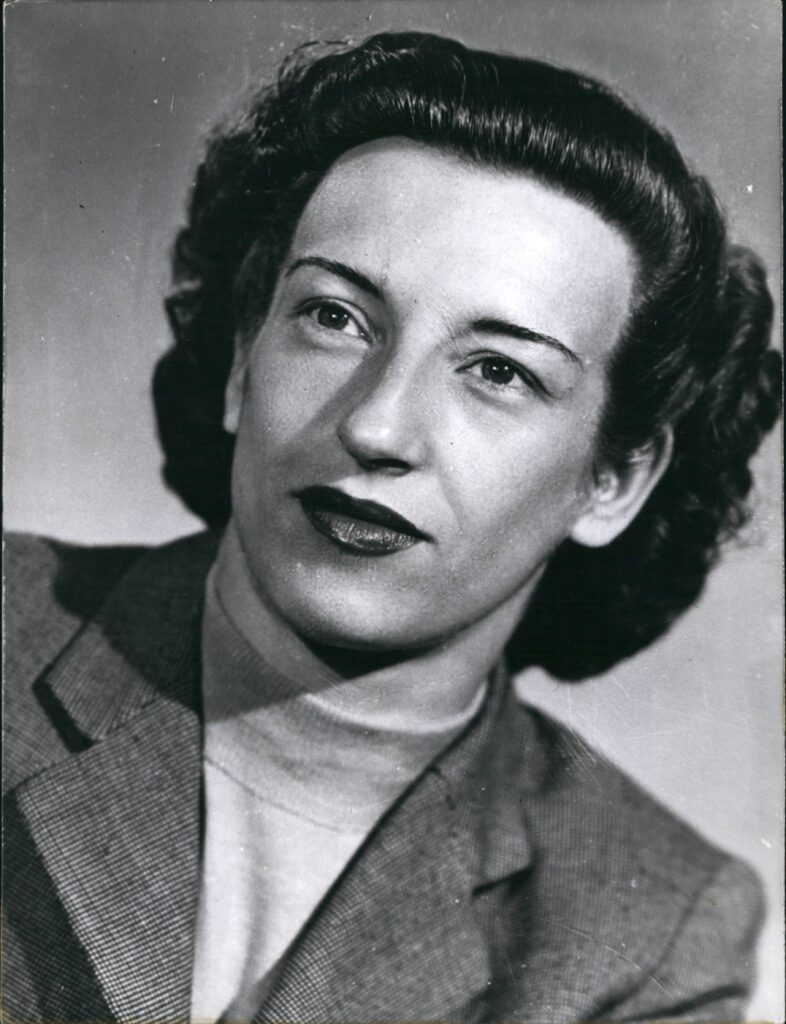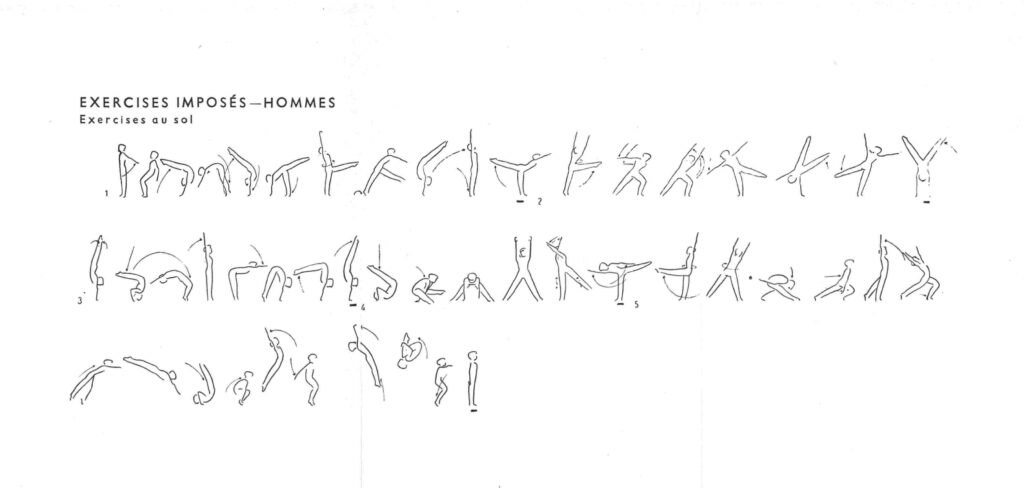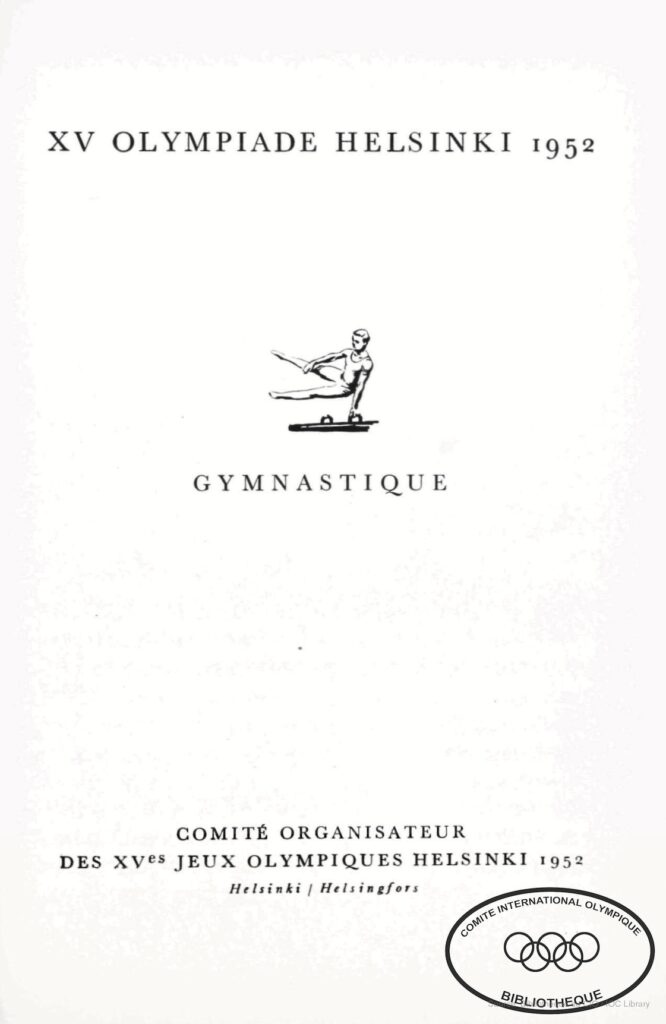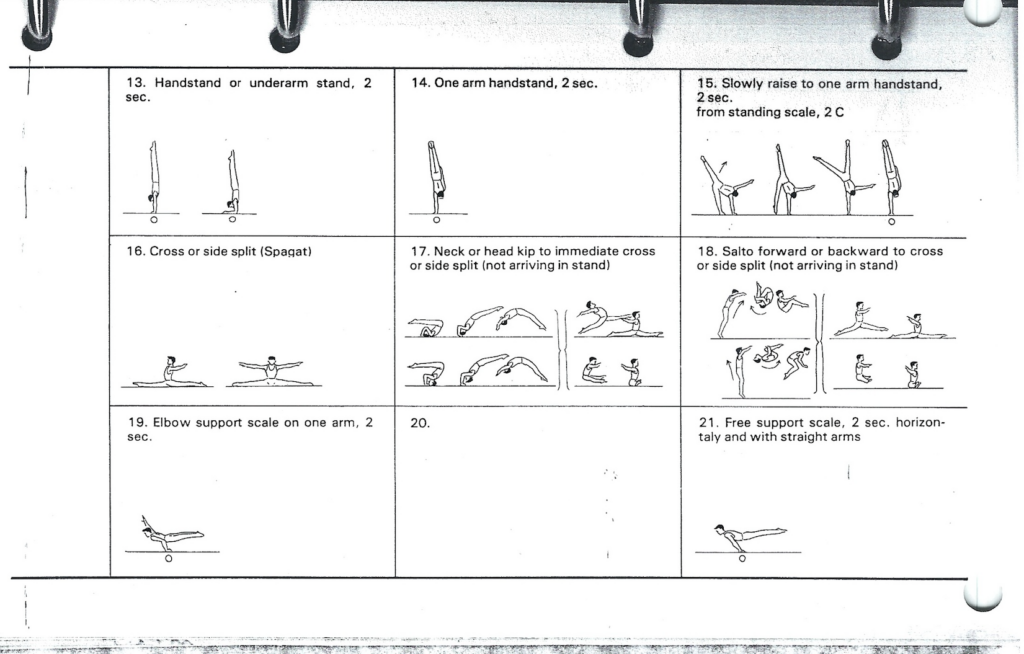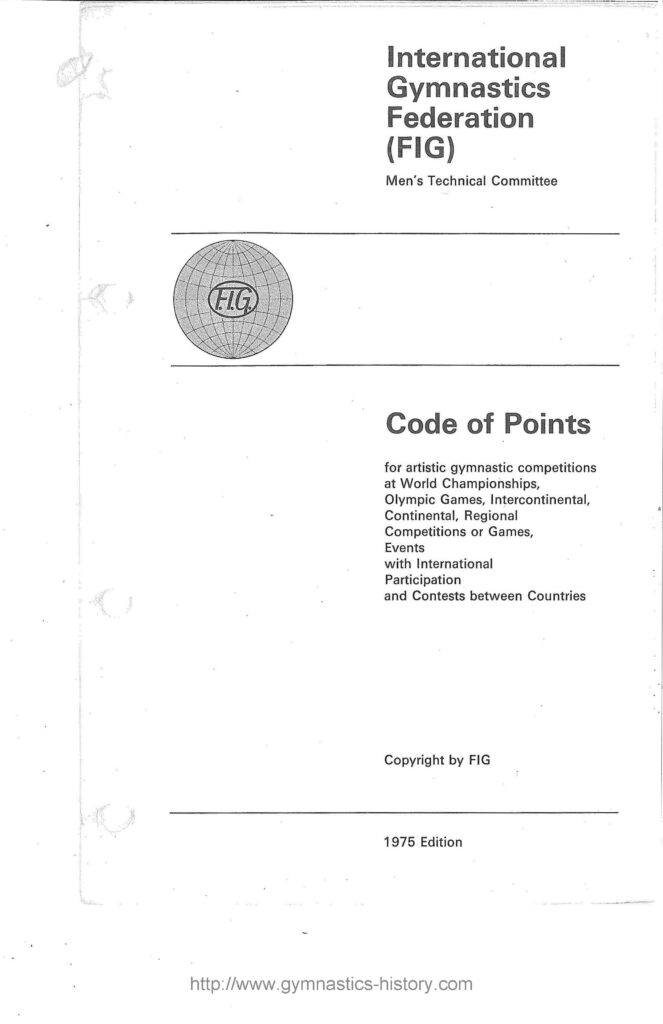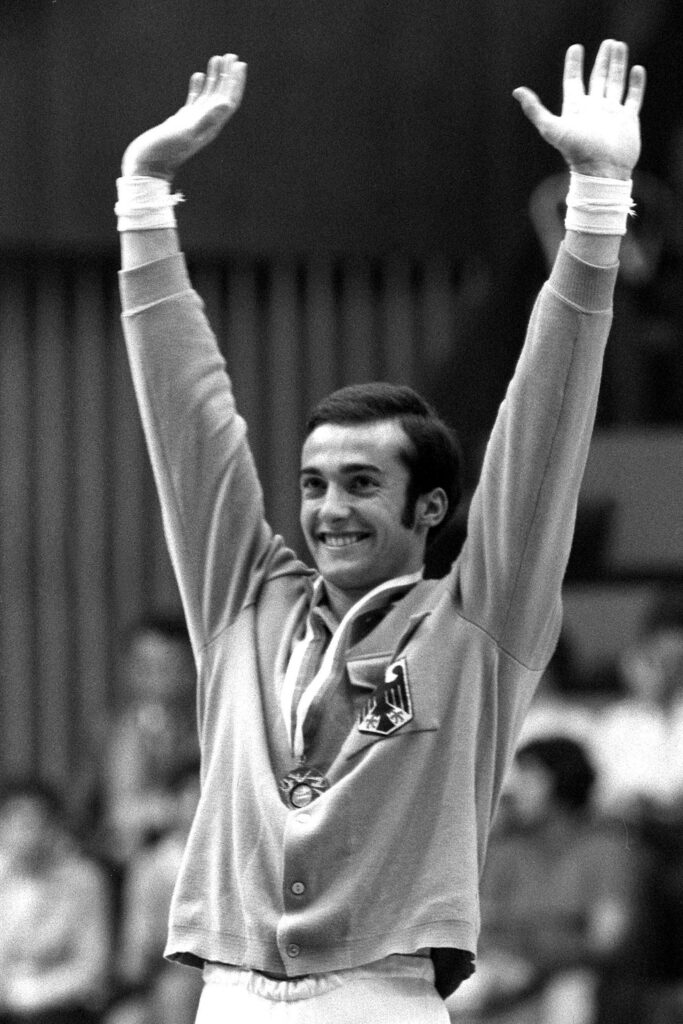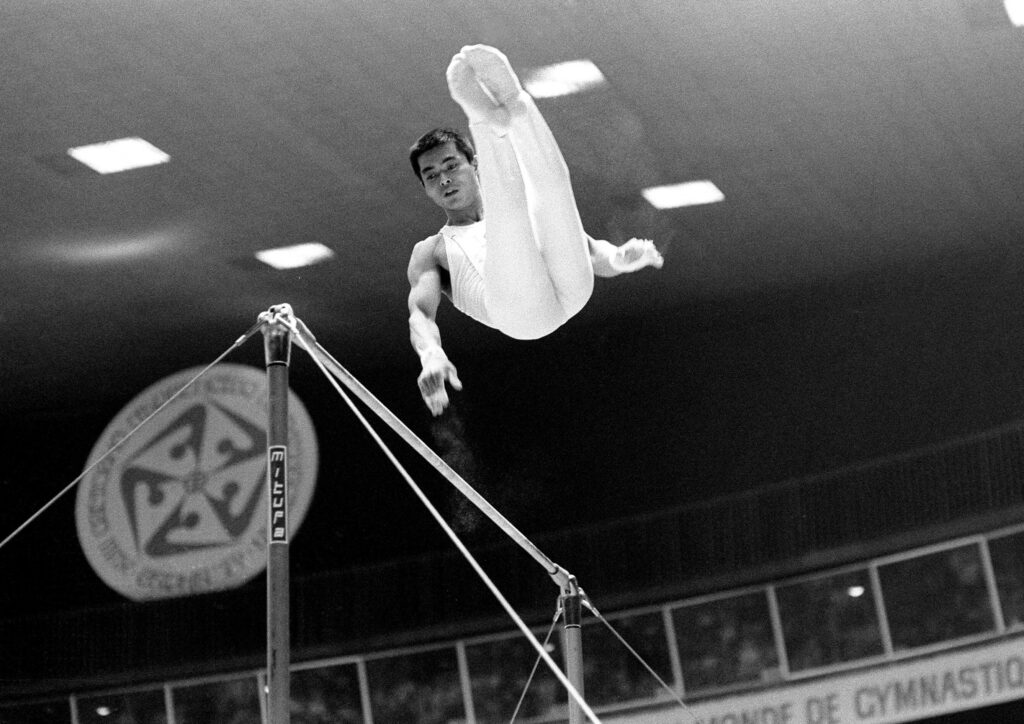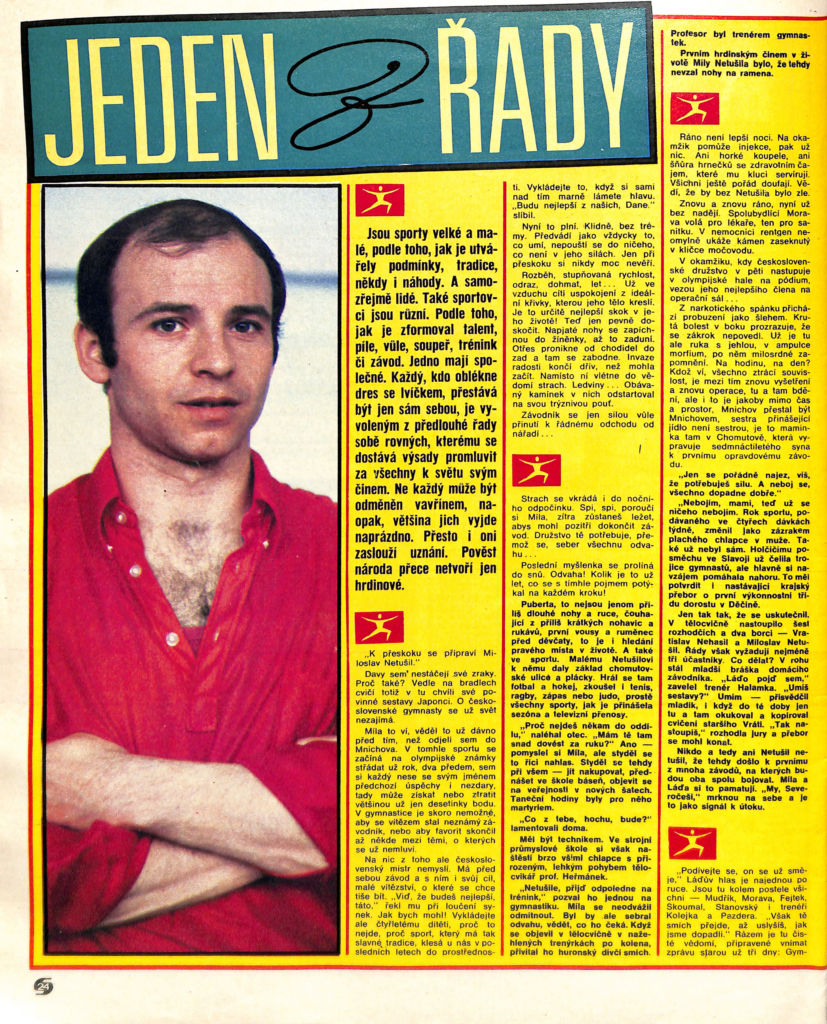Between World War I and World War II, Hungary was one of the top gymnastics nations. The Hungarian women’s team finished second at the 1934 World Championships and third at the 1936 Olympics. While the Hungarian men didn’t medal as a team, they had several standout gymnasts, including István Pelle, who achieved a perfect score of 32.00 at the 1930 World Championships. (Prior to WWI, the Hungarian men’s team finished second at the 1912 Olympics.)
In 1948, the Hungarian women finished second while the men finished third. But a curious thing happened in 1950. Hungary allegedly skipped the 1950 World Championships for political reasons. Nevertheless, despite missing the World Championships in Basel, Hungary made a strong return to international gymnastics at the 1952 Olympics. Their trials for the Helsinki Games began in late 1951 with the Masters Championships, where Ágnes Keleti and Lajos Sántha emerged as the winners. (Keleti, a Holocaust survivor, passed away on January 2, 2025, just days shy of her 104th birthday.)
Below, you’ll find the results from the women’s and men’s competitions in 1951, along with commentary on the women’s event.
